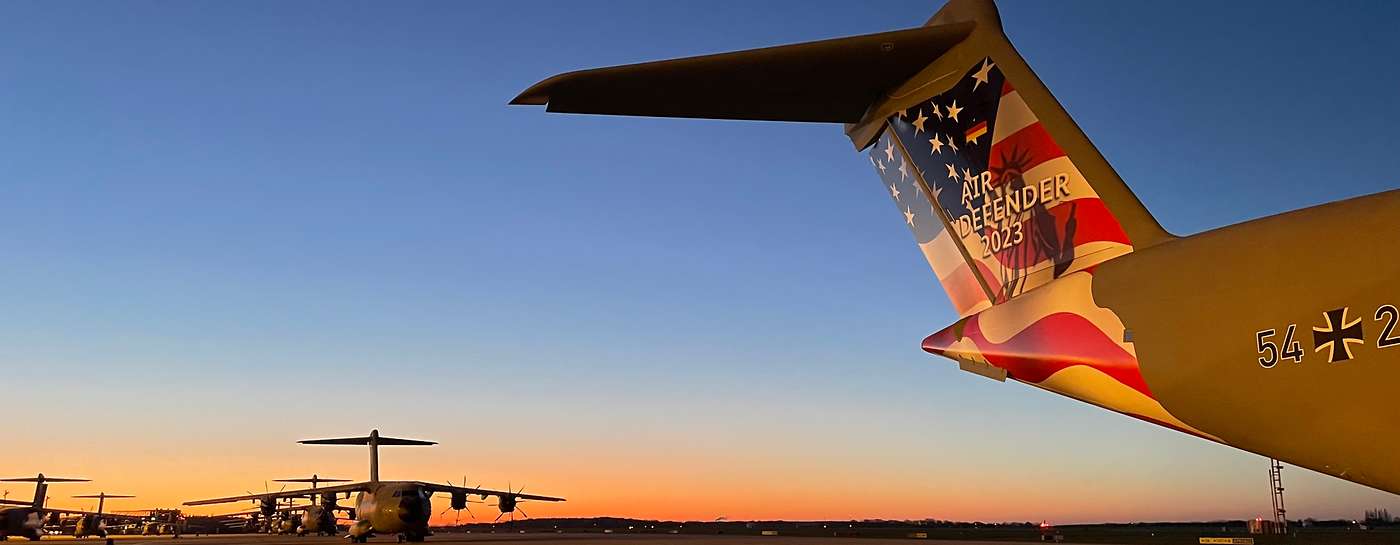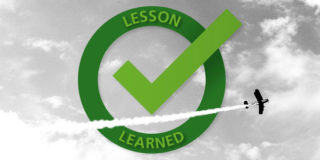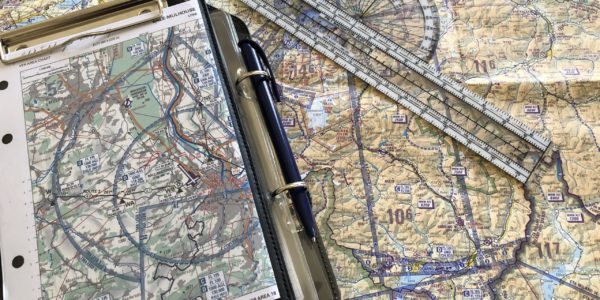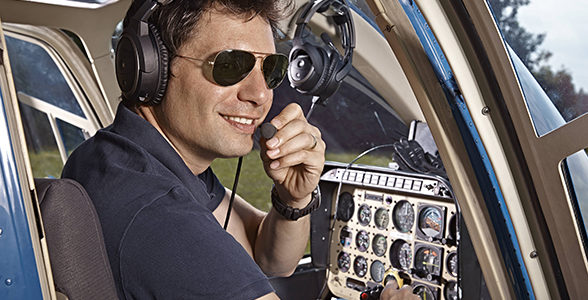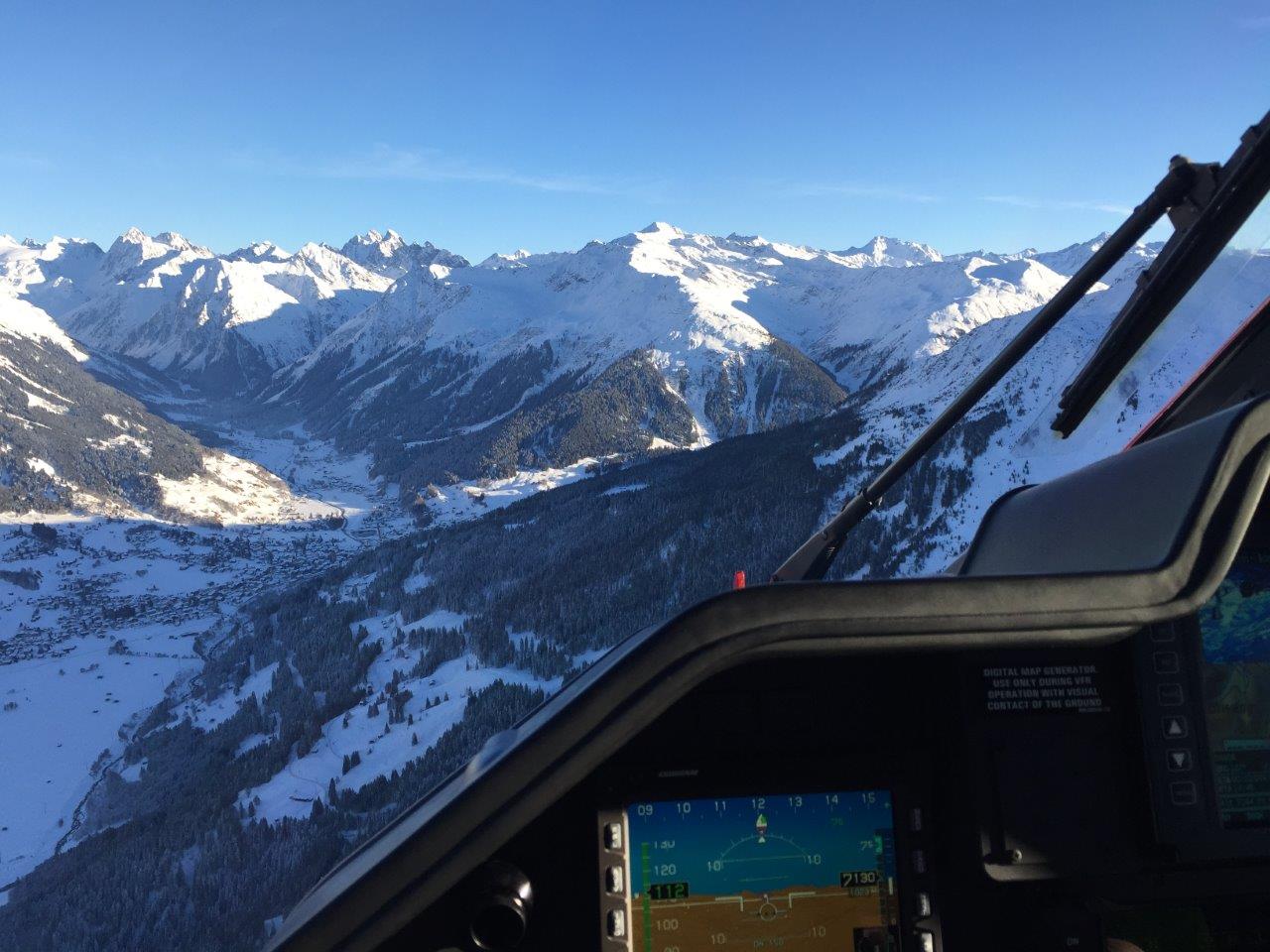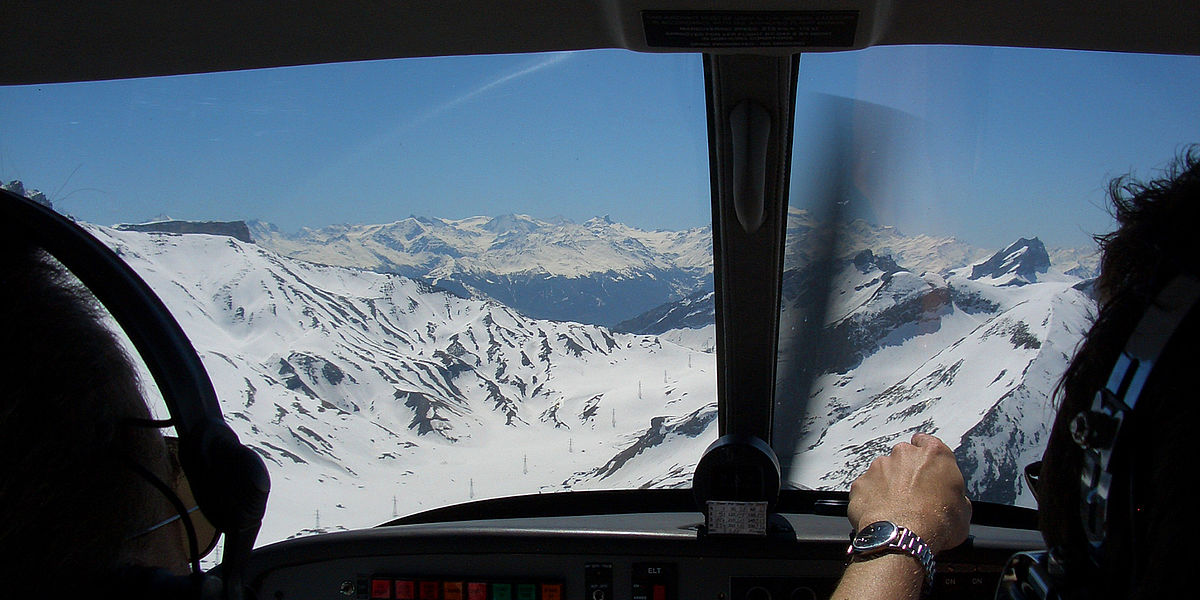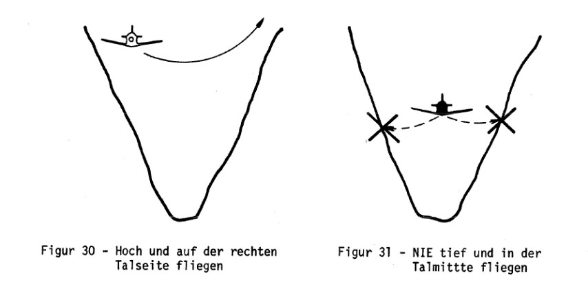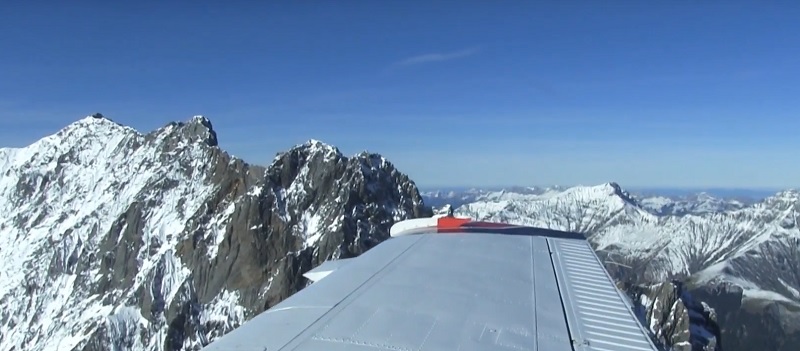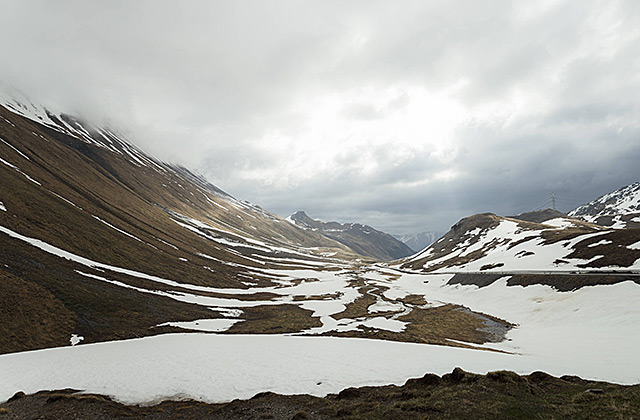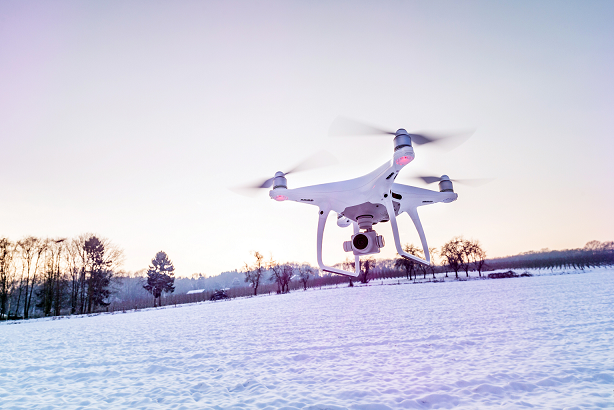“The mountains are higher in winter”
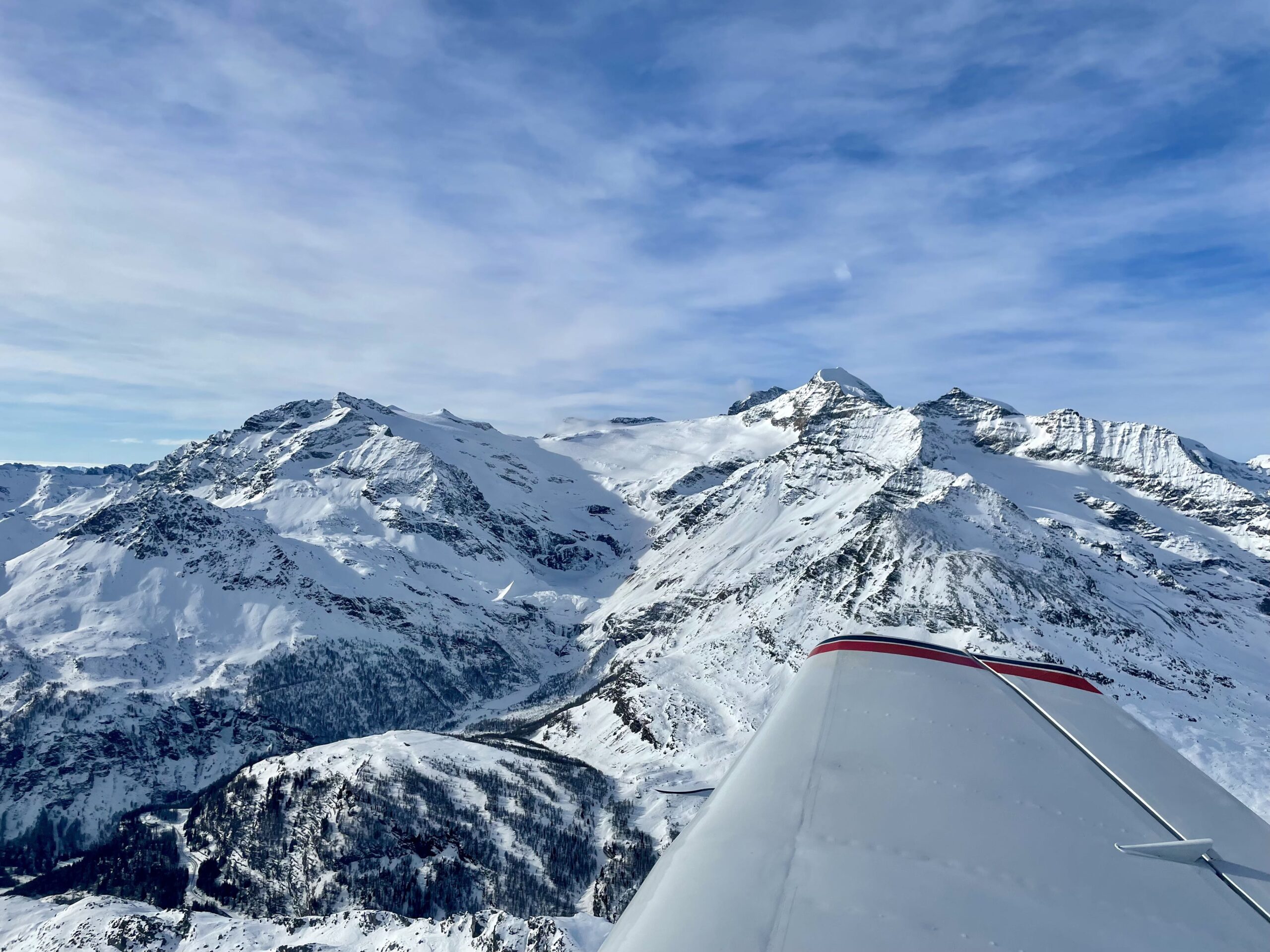
Snow-covered mountains have a fascinating and attractive effect. On a day like today, there is nothing more beautiful for pilots than a flight over the white Alpine landscape. But we should not be dazzled by all this white beauty. Flying over high mountains and especially over ridges has its pitfalls and involves a number of risks, both in winter and in summer.
“The mountains are higher in winter”. That’s an old aviation saying. What does that mean? Cold air is denser than warm air. In relation to the pressure surfaces, their height therefore changes with the temperature. However, the altimeter in the airplane is not able to react to the temperature, which is why there are differences between the displayed altitude and the actual altitude. So remember: the difference is four percent of the altitude for every 10° deviation from the standard temperature, i.e. minus for cold air and plus for warm air.
The following points also apply when flying in the mountains:
- Mountain crossings should not be carried out above a closed cloud cover. The high altitudes required and the associated sharp drop in engine power could lead to unexpected flight conditions under instrument meteorological conditions (IMC) between invisible mountain peaks.
- Vertical air currents are much stronger in the mountains than in the lowlands. Passes should therefore be approached with a safety bank of at least 1000 ft AGL (300 m) and from the side in such a way that a return turn can be made without danger if the terrain behind the pass is obscured by clouds.
- A pass should not be crossed in a climb, but horizontally or in a descent with sufficient airspeed to be able to fly through downwind zones quickly.
- Pilots with little experience in mountain flying are advised to refrain from crossing the Alps or to abort the crossing in good time:
a) in foehn conditions;
b) in the event of a weather report: “Alps in the clouds”;
c) if thunderstorms are observed;
d) in case of shower activity (also in summer);
e) if the cloud base is too low over the passes. - Last but not least: For Alpine crossings, it is recommended to file an ATC flight plan and to carry a portable ELT (emergency transmitter) (SAR 1, SAR 2).
The Swiss Powered Aircraft Association illustrates this important aspect in an article from “Safer Flying” from 2015, which is still relevant today. The video “Flying in the mountains” also provides you with further valuable information on what you need to bear in mind when flying in the Alps.
#aviation #avsafety #winterweather #flightplanning #flightoperations #aviationgeek #weareGA #pilots #flying #generalaviation #airoperation #SafetyCulture
Jetzt registrieren!
Um alle Funktionen zu nutzen, erstellen Sie einfach ein neues Konto. Dann können Sie Artikel für später vormerken, Themen abonnieren und regelmäßige Aktualisierungen für Ihre Themen per E-Mail erhalten.

